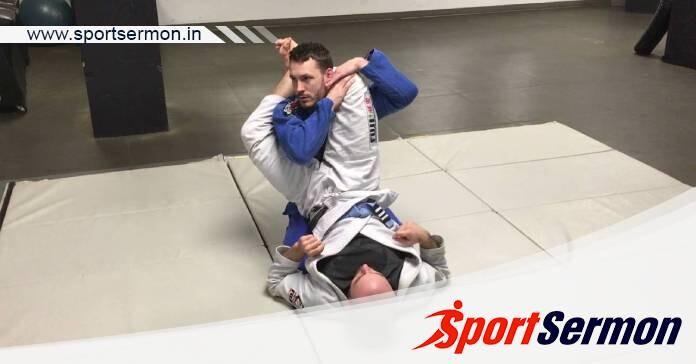BJJ Triangle Escapes: In BJJ, it’s a well-known adage that avoiding submissions is the best way to get out of them. Even though it is easier said than done, tapping and getting caught in a submission during training are essential to your growth as a grappler. It might be annoying to keep getting tapped by the same submission; it indicates a weak point in your strategy that needs improvement. We will discuss the 4 BJJ triangle escapes that are essential to know nowadays.
How Do Triangles Operate?
One of the most basic BJJ submissions is the triangle choke. To execute it, round your opponent’s neck with your legs, place their arm within your “triangle,” and keep your other arm outside. Your thighs’ compressive force causes the opponent’s carotid arteries—which run down the sides of their necks—to stop supplying blood. If left unchecked, the triangle can successfully induce sleep when placed tightly enough.
Once you are triangled, the danger doesn’t end there. If you keep your trapped arm protruding, you run the risk of being arm barred. Since the triangle may be used from a variety of angles, grapplers need to be aware of how the submission functions in order to be able to assess its risk in various circumstances.
You might also be interested in reading this: Tips For Mastering The BJJ Imanari Roll
How Can I Get Out Of This Triangle?
The triangle choke usually progresses from early to late. Triangles may be set up in a variety of ways, and some players are quite good at setting it up by lunging violently at their opponent (flying triangle), giving them little chance to counter. You normally need only a deep, well-executed triangle to send you to sleep, so you have to be especially careful when pulling out. Here are a few triangle choke escapes that you really need to practise.
1) The BJJ Triangle Escapes in Early Times
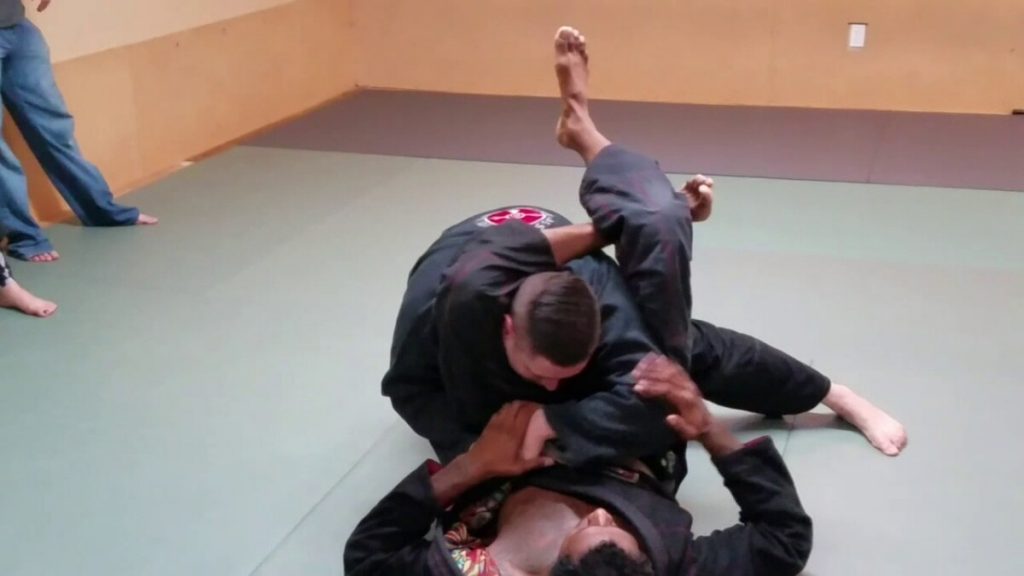
The triangle is in its early phases when the opponent’s legs are in the diamond posture. The opponent aims to finish the triangle by breaking your posture, totally locking their triangle, trapping your arm over your body, and then squeezing for the finish.
As the defender, you naturally want the opposite to occur. The instant you sense your opponent locking into the diamond stance, you need to tighten the elbow of your trapped hand, making it a bar across their hip.
Looking up, apply pressure with your elbow down and your shoulder kept away from your neck. The next move is to drop your knees and place your opponent’s lower back on your lap. You’ll benefit from improved posture right away. From here, push and lean away while placing your free hand on top of your trapped hand. You can stop your opponent from controlling your trapped hand by placing your free hand on top of it. The opponent will be forced to sit up in order to maintain the triangle, which will wear them out.
In order to conceal your arm, you can slip your trapped arm up and into your opponent’s hamstring in this posture. Stretch your arm out to release it. You may then either back out and get past the guard or you can enter the double under position and begin to pass the guard.
2) The Last Retreat
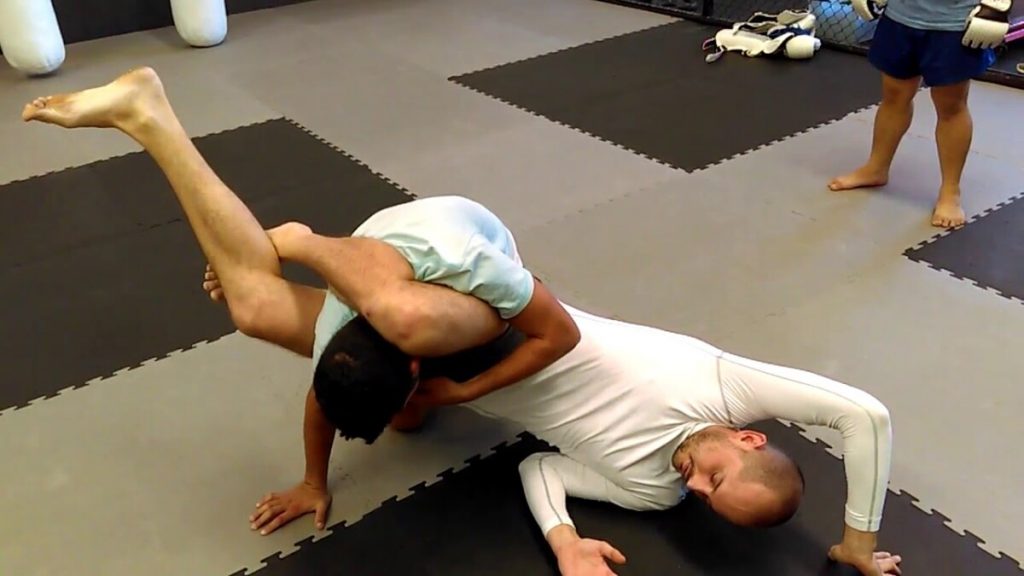
When you find yourself in a tight triangle position with your opponent’s torso slanted to the side and their legs firmly locked, you need to swiftly clear a lot of space without opening yourself up to attack (armbar). To prevent your opponent from bringing your arm across their body, start by posting on them, particularly under their armpit.
To generate some space and breathing area, you can also lock your hands and drag them over the opposing hip of your opponent. From there, extend your arms, force your hips under your opponent’s lower back, and keep your hands locked.
It is no longer sufficient to wedge your trapped arm within your hamstring in order to escape from this position. You must get to your feet, cross across, and use your legs to lock the opponent’s upper body. You can split the triangle open if you get your legs over their upper torso, lock them in place, and then stretch your upper body out.
Remember that frequently when you attempt to escape while sitting on the mat, your opponent may rearrange the triangle to put you in a more dangerous position by taking your locked feet off of their upper body.
You can reach out and lock both of your arms to the opponent’s chest. To establish the inside position, bring your knees in towards your glute. Once steady, plant your feet on the opponent’s bicep. You can use your arms to restrain the opponent’s wrists if they try to release their arms. After that, you can cross your feet over their body without risk and take some time to heal and open up the triangle.
3) Posturing Up
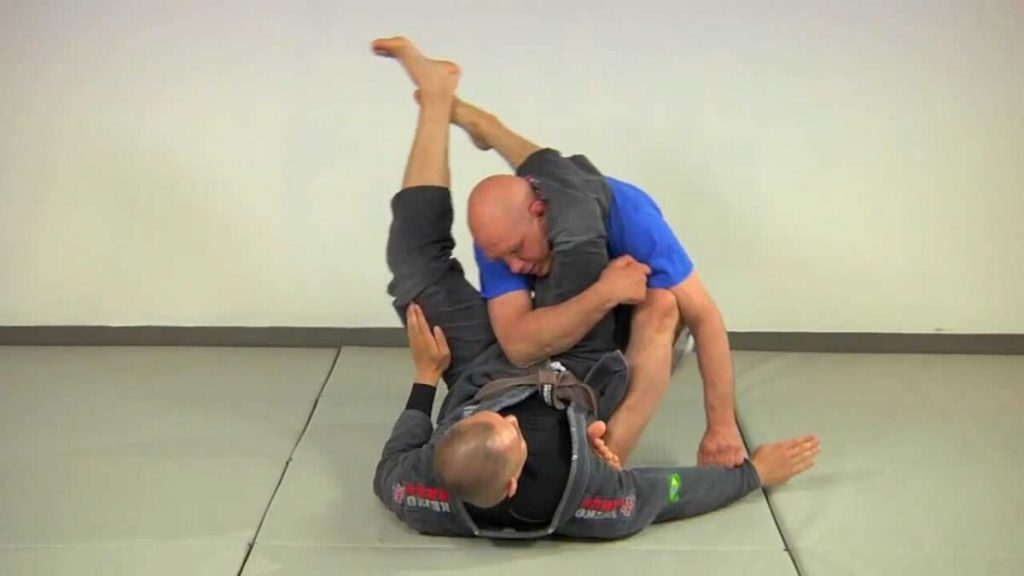
One frequent tactic to get out of the triangle is to posture up. Join your hands and apply pressure to their abdomen if your opponent has their triangle locked. Place your knees beneath their lower back and raise your stance by extending your arms and glancing up at the ceiling. To finish in closed guard, place your free hand inside the triangle and press the opponent’s hamstring.
4) Drop Your Arm and Leap To Side Control
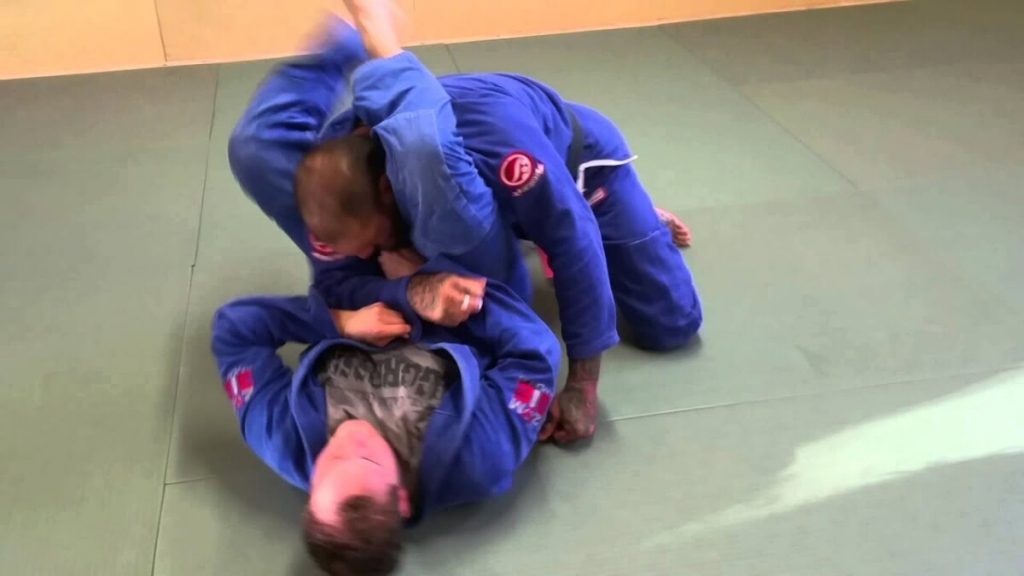
It is imperative to execute this escape swiftly to prevent the opponent from seamlessly switching to the omoplata. Start by securing your free hand beneath your opponent’s glute. Push their body sideways so that it is beside your impaled arm. Roll beneath your free arm and use it to post on the mat as you jump to the opponent’s opposite side to land on side control if the opponent opens the triangle and moves to the omoplata.

